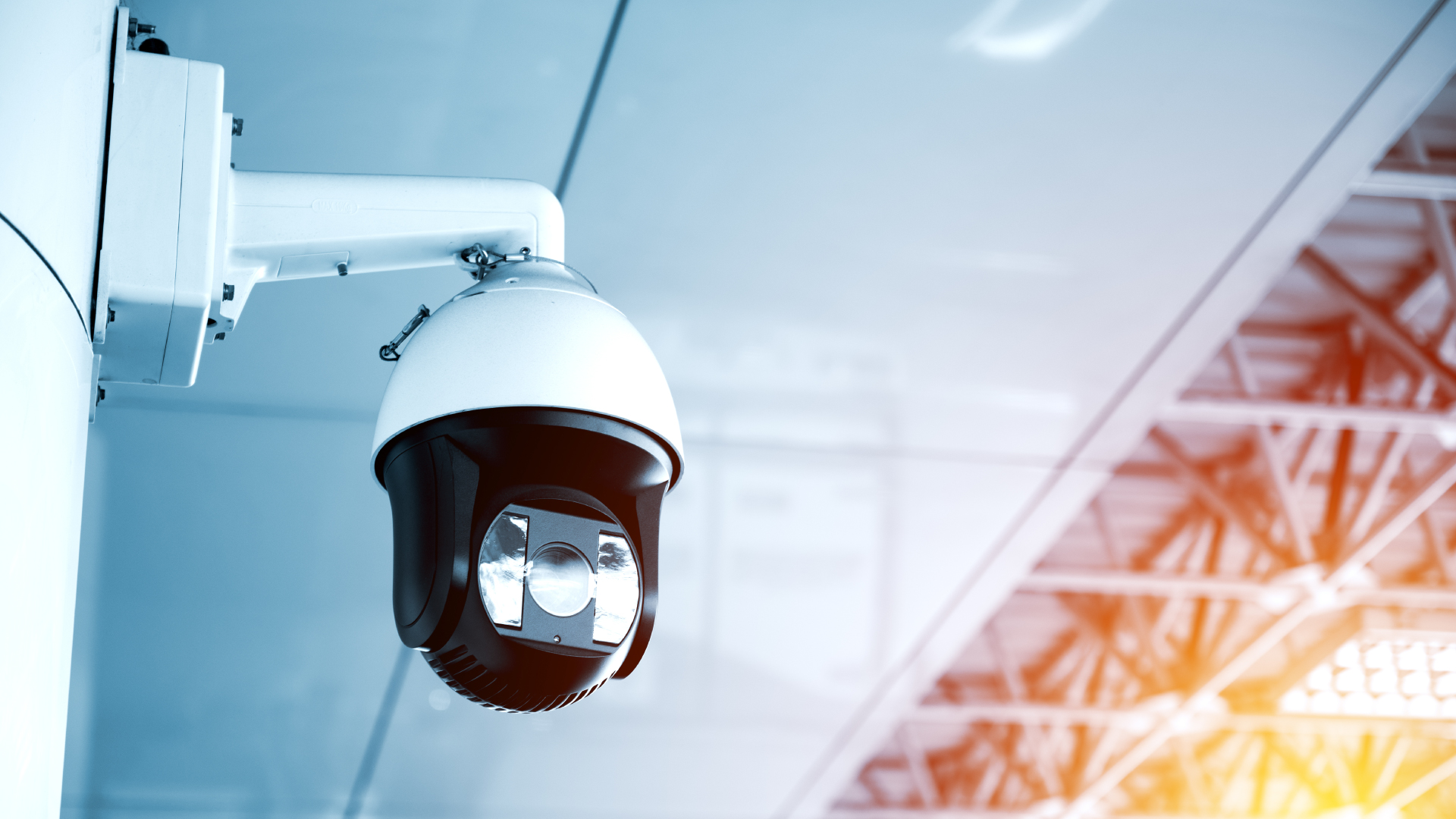Video Surveillance as a Service
Video surveillance as a service (VaaS) has emerged as an innovative alternative to traditional systems, allowing organizations to manage their security through the cloud. This model not only reduces costs and complexity but also offers a range of additional benefits that enhance the efficiency and effectiveness of security systems.
What is Video Surveillance as a Service?
Video surveillance as a service refers to a cloud-based video surveillance solution that allows businesses to store, manage, and view video recordings in real-time without the need for complex physical infrastructure. Unlike traditional systems, where recordings are stored on local servers, VaaS uses cloud platforms to store and process data, making remote access and management easier.
Advantages of Video Surveillance as a Service
- Reduced Initial Costs:
One of the main attractions of video surveillance as a service is its ability to reduce initial costs. There’s no need to invest in expensive storage servers or recording hardware. Being cloud-based, the system can scale according to the company’s needs without requiring significant upfront investment. - Remote Access in Real-Time:
Remote access is another standout advantage. Security administrators can monitor cameras in real-time from any device with internet access. Whether from a computer, smartphone, or tablet, VaaS systems allow constant viewing regardless of physical location. - Scalability and Flexibility:
As a company grows or its needs change, the video surveillance solution can be easily adjusted. VaaS offers the flexibility to add new cameras or expand storage capabilities without the need for additional infrastructure. This scalability is ideal for growing businesses or those with multiple locations. - Enhanced Security and Backups:
Cloud-based video surveillance offers greater security in terms of data protection. Storing recordings on secure servers minimizes the risk of data loss due to physical equipment damage. Additionally, automatic backups ensure that data is always available, even in the event of local system failures.
Key Features of Video Surveillance as a Service
- Intelligent Features:
Many VaaS systems include advanced features such as video analytics, motion detection, and facial recognition. These systems don’t just record events but can also alert administrators about suspicious behavior or unusual activities, improving incident response capabilities. - Integration with Other Security Systems:
Video surveillance as a service easily integrates with other security systems, such as access control, alarms, and motion sensors. This integration creates a unified security ecosystem, allowing for faster response and better incident management. - Automatic Maintenance and Updates:
With VaaS, system updates and maintenance are managed by the service provider, meaning businesses don’t have to worry about physical maintenance or keeping up with software updates. This frees up internal IT teams from additional burdens.
Applications of Video Surveillance as a Service
- Commercial Industry Applications:
Commercial businesses, such as retail stores and large chains, have adopted video surveillance as a service to improve security, prevent theft, and optimize operations. The ability to access real-time footage and analyze camera images allows for better decision-making and faster response to incidents. - Solution for Multi-Site Businesses:
Businesses with multiple locations greatly benefit from video surveillance as a service. Through the cloud, they can manage all their cameras and monitor each site from a single platform. This centralized management improves efficiency and enables the implementation of a consistent corporate security strategy. - Remote Monitoring in the Industrial Sector:
In the industrial sector, where facilities are often located in remote or hard-to-reach areas, VaaS facilitates continuous monitoring without the need for constant physical presence. This is particularly useful for monitoring factories, warehouses, and high-risk zones.
Challenges of Video Surveillance as a Service
- Dependence on Internet Connection:
One limitation of VaaS is its reliance on a stable internet connection. If the connection is interrupted, access to cameras and recordings may be affected. However, many service providers are developing solutions to mitigate this issue, such as temporary local storage that syncs with the cloud later. - Concerns About Privacy and Data Security:
Although the cloud offers greater security, some businesses may have concerns about the privacy and storage of sensitive data. It’s essential to choose a VaaS provider that offers robust data protection measures, complies with local regulations, and implements advanced encryption.
Video surveillance as a service is revolutionizing the security market by offering more cost-effective, flexible, and scalable solutions. Companies adopting this technology can significantly improve the security of their facilities, optimize operations, and reduce costs. However, it’s important to carefully assess each organization’s specific needs to select the VaaS solution that best meets its requirements. With ongoing technological advancements, the future of cloud-based video surveillance is promising and will continue to evolve, offering new features and greater security.



Leave a Reply